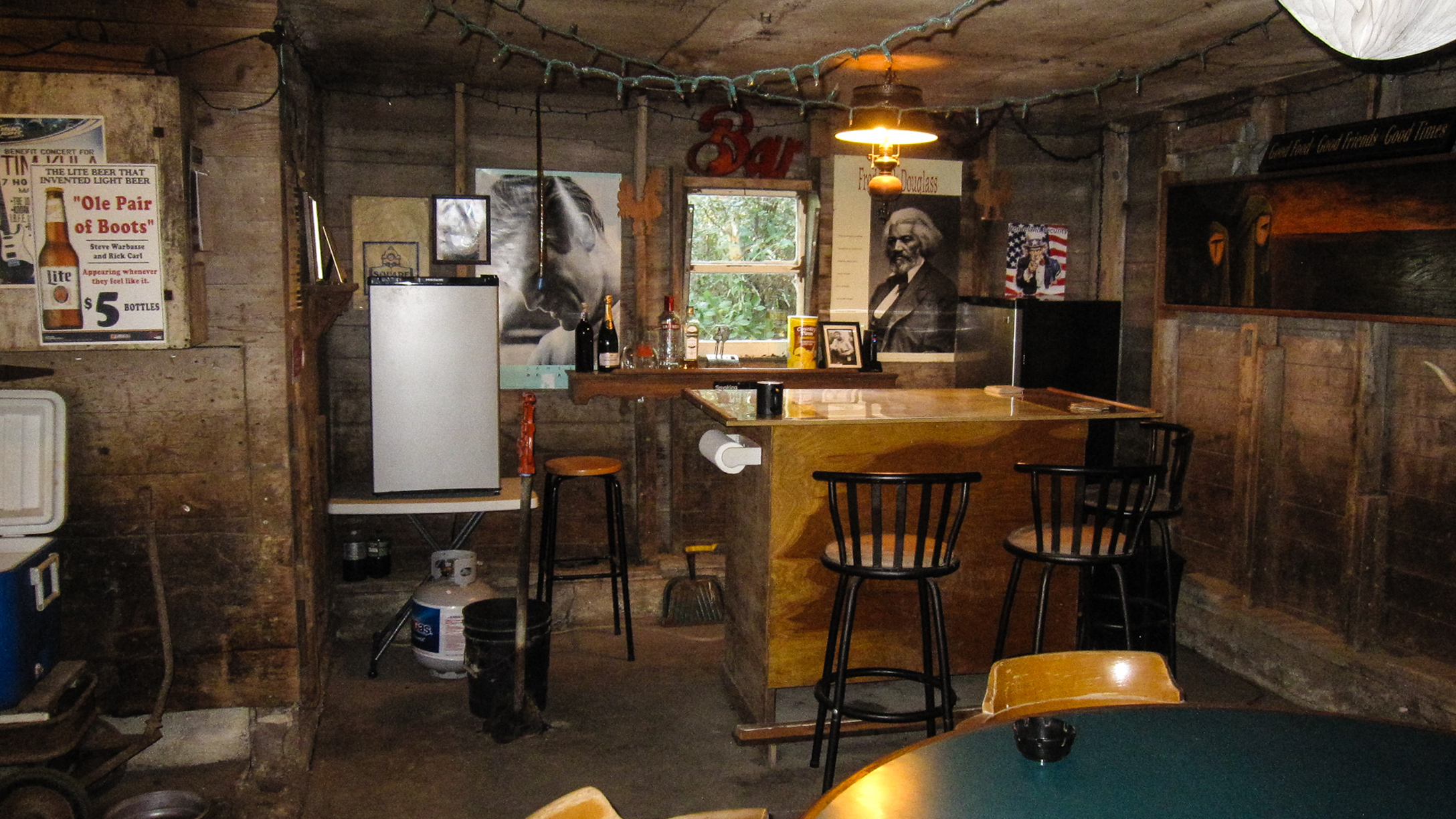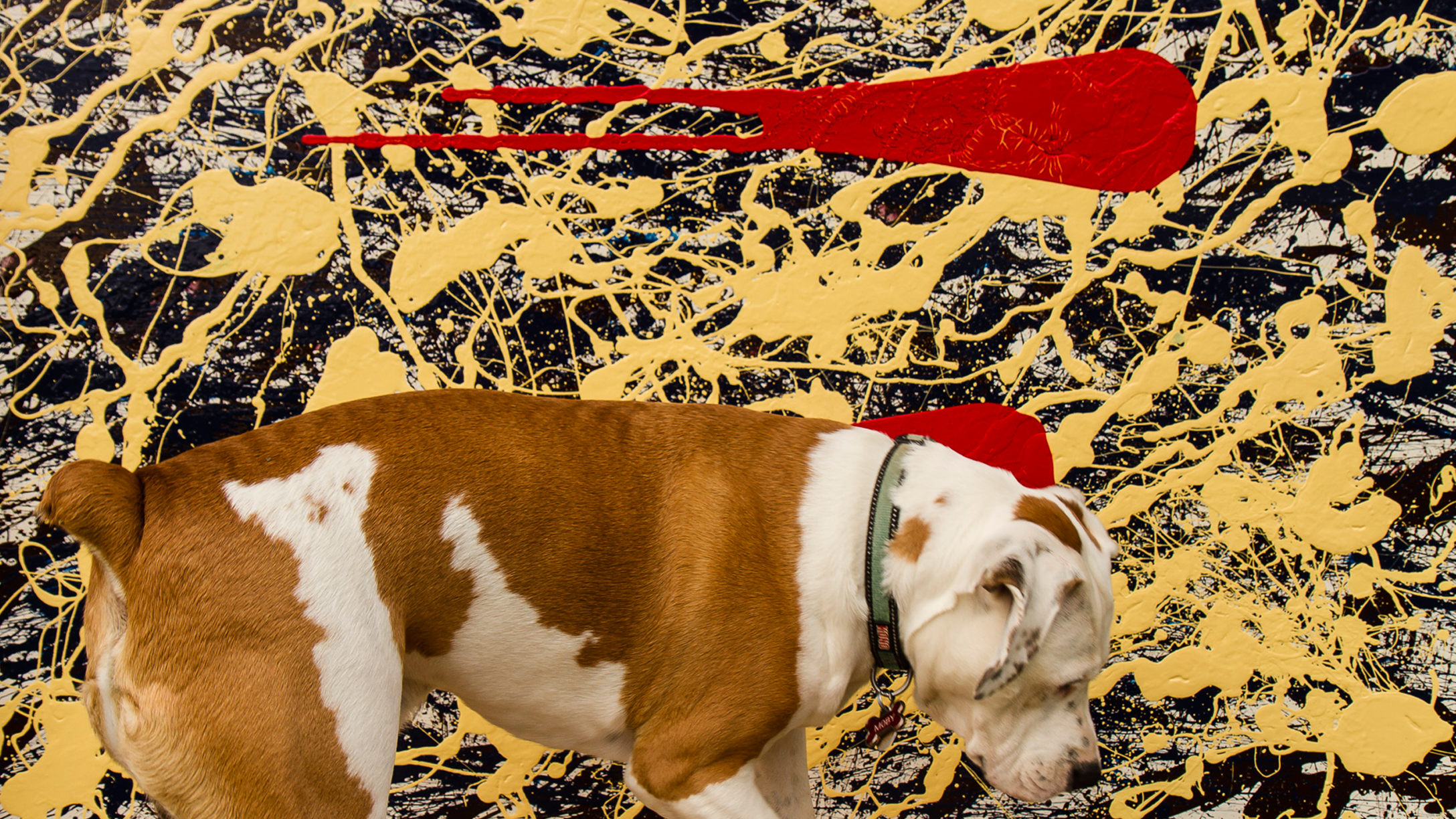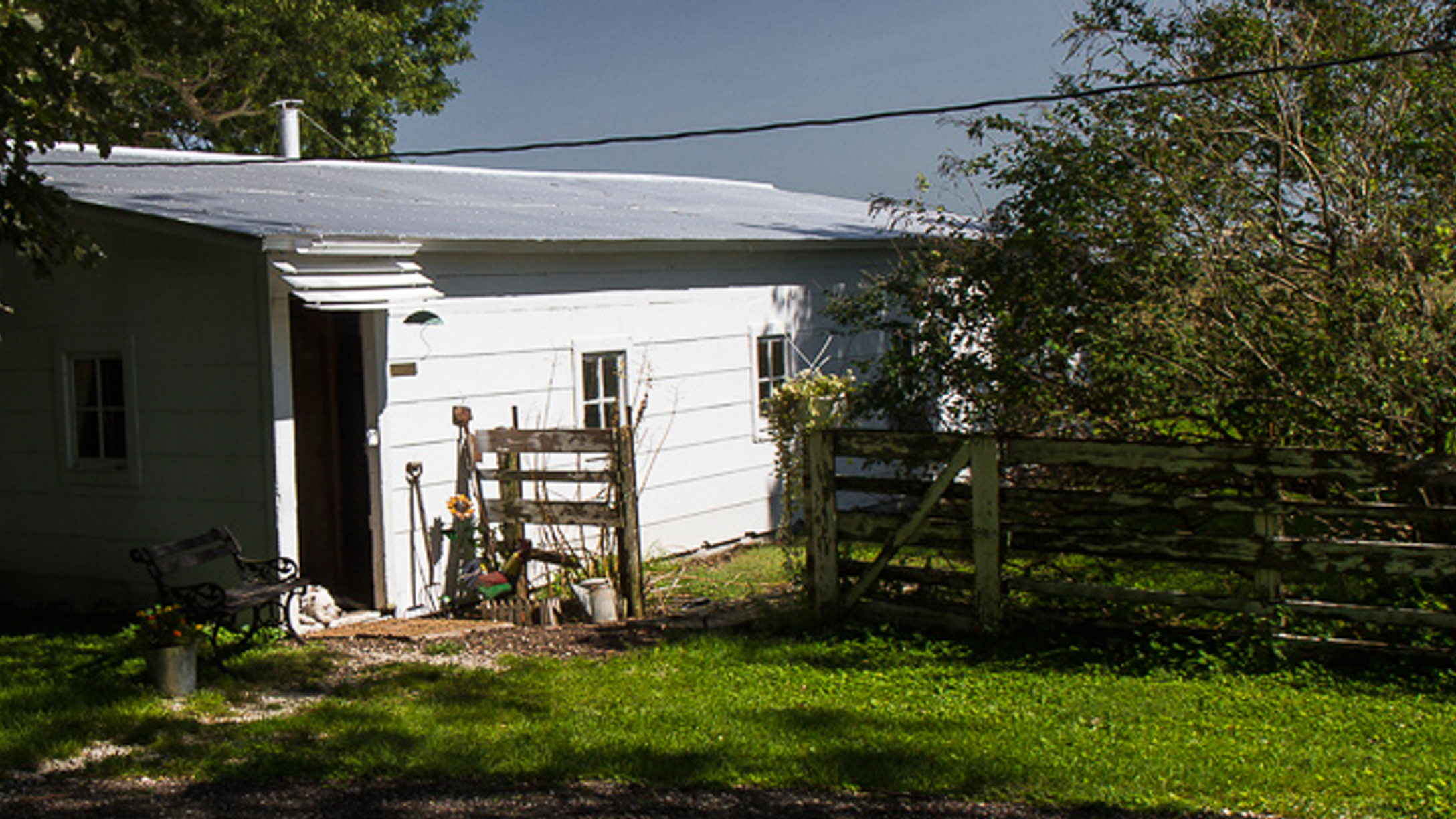This old chicken house is about 50 feet by 30 feet. It features a corrugated metal roof that does not leak a lot, now obsolete asbestos-cement siding tiles, and a ceiling inside constructed of a fiber board manufactured by pressing corn stalks together. All of that is relentlessly deteriorating but slowly enough that I am fairly confident that I will be able to serve out my remaining time at work here.
In its previous incarnation in a more innocent time, it housed a flock of obstreperous leghorns. (I detested those birds as a lad.) It features a small entry room at the west end with the remainder of the interior open. Upon my adult advent I first hauled out junk and cleaned it–insofar as that was possible, made minor repairs, and contracted for the painting of the exterior and rewiring. There followed over time several installations: an old picnic table that I found in the barn, now no longer a picnic table but rather miraculously transformed through no effort on my part into an elevated dog bed; found or donated, mismatched tables and chairs; essential small appliances including two large, inherited Honeywell air purifiers; a donated wood-burning stove; a salvaged patio door in the east end; a bar that I constructed from scrap lumber featuring a February 1967 National Geographic map of Vietnam, Cambodia, Laos, and Thailand under the plexiglass atop; and most recently and, critically, a new ice-making machine under the bar.

There is a large enclosed lean-to along the north length of the building, open at one end, that my father constructed late in his game to store strictly seasonal machinery. There is now a small chicken coop, known familiarly as Fort Knox, tucked under that roof. It also provides an ideal, sheltered storage area for firewood. Frank, the wood provisioner, is able to back his pickup truck in there where we can easily offload it without talking. In winter I can transfer that firewood into the wood rack inside by putting it through one of the windows on that side.
There is an area off the south side between this building and the neighboring machine shed and thus somewhat out of the wind. With the help of a small crew and a skid loader, I was able to remove the detritus stacked there and landscape it after a fashion. That became the “mini-park.” At times, in clement weather, I simply give up on journalism, build a fire in the fire pit out there, sit down beside it, and do nothing.
Not everything has worked out well. At one point I made a mural-size painting using various found paint on a piece of found Masonite and mounted it outside on the end of the building facing the road that approaches from the east. It was an “action painting” in the style of Jackson Pollock. I did that as a sardonic nod to the geometric “barn quilts” that are much in fashion hereabouts, but soon grew tired of answering questions about it and took it down. Incisive questions like, “What is that supposed to be?” There is no point in being sardonic if nobody gets it, and who cares to talk with anyone who does not?

For the most part I labor in near-total isolation in the company of a couple of sleeping dogs until my wife joins me for a glass of wine and some music from the shelf stereo when her day’s work is done in her studio in the house. There are a few interruptions, the semi-weekly visits by the two ne’er-do-wells to peruse and discuss the map, for example. There are also three pet hens, decidedly not leghorns, that free range about the grounds during the daytime. Grace, Maude, and Wally, after Wallis Simpson. Wind and temperature permitting, the doors are normally wide open. Every two hours or so the hens wander through here, in one end and out the other, to check the human for white bread and perpetrate what I call a “drive-by shitting.” A man needs a break every so often. I retrieve the little ash shovel as they depart, emulate the man with the scoop and wheelbarrow who follows the horses in the parade, and get back to my work.
Am I happy? I regard that as the wrong question, so skeptical am I of the never-ending search for happiness. After all, were one to encounter someone who is happy all the time, would he not strike one as completely lunatic? A search for contentment, on the other hand, involves an objective both achievable and worthy. I am content here in my work.






